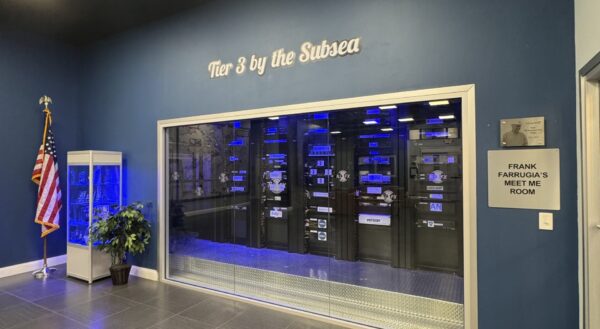
The AI-Ready Cable Landing Station is Coming
NJFX today announced the completion of a comprehensive Basis of Design for a new 10MW high-density AI data hall, delivering an expected 1.25 PUE and 8MW of usable IT load.
Cloud services, video streaming and gaming are driving the flourishing submarine cable industry.
See the original article by Ellen Tannam at SiliconRepublic.
July 22, 2022
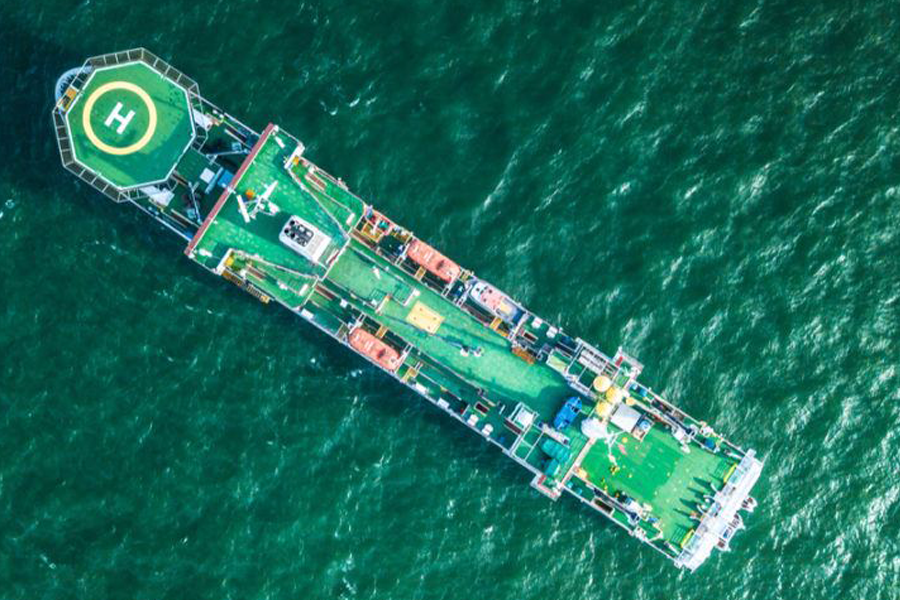
As the world becomes even more intricately connected than ever before, some serious infrastructural work is underway to keep up with the public demand, the volume of connected devices and the advent of enterprise cloud systems. Subsea cables are a massive piece of this puzzle.
Siliconrepublic.com spoke with NJFX CEO Gil Santaliz about the future of connectivity.
How long do you foresee the subsea cable building boom lasting?
The last refresh of subsea cables happened about two decades ago. As those cables near their end of life, this building boom is underway. We expect the build-out to focus not only on necessity of connectivity and capacity, but how that relates to security as well.
The new cables will create security by creating redundant routes – if one path goes down, another one is still available. Also, having secure and resilient facilities where these cables land is increasingly important. Specifically in the transatlantic, we expect potentially two more cables, which would bring the number to five, replacing the existing 11 in various stages of retirement.
What other drivers besides cloud are fuelling this current spike in building?
The biggest change we’ve seen in the current building boom is the structure of the financing. OTTs [over-the-top applications] such as Facebook and Google are helping to fund these very expensive projects. Many of them include a consortium model, with major OTTs as part of the funding group.
I think the reason for this is that content requiring more bandwidth than ever before makes up most of the traffic on these cables – I’m referring to video for the most part, but also gaming, live streaming and other applications like that.
Data demand for these apps, particularly from smartphones, is fuelling this. Before, we were sending just text, now it’s graphics, photos, video or even live video. Its real-time content, virtual reality and AI.
What innovations in the space have enabled projects to be completed quickly?
The funding coming from OTTs is helping more cables become ready for service in the second half of this decade than I think anyone expected, plus the ships have steady work, allowing them to ramp up their deployments.
What positives will the world see in the next five years due to subsea infrastructure?
You’re going to see applications, maybe some which may be invented in the United States and used in other parts of the world. You can even test or try things that are not in the geographical location you are in.
We are all going to be connected all the time, everywhere – collaboration in medicine, engineering, research, news and entertainment.
Is the current rate of manufacturing sustainable?
The most recent boom in subsea cable construction is notable for its geographic scope. The new subsea cables help create a redundancy with routes that we have not yet seen. Latin America has made significant investment in new cables.
Most routes around the globe are getting an upgrade with new cables, plus we are seeing new routes and new cables to connect places that were not before.
Shorter cables will continue in growth as a better, more reliable way to interconnect, such as the NJFX routes to Long Island and Boca. Perhaps some older systems with some time still left will want to move to carrier-neutral campuses.
Why do cables beat satellites in terms of connectivity?
Today, 99pc of international communications touch a subsea cable. Satellites are more expensive and more susceptible to disruption (weather etc).
What exactly is colocation and what are the business benefits?
Colocation refers to the landing station and the delivery systems being at the same spot. For example, at NJFX, we provide our customers the ability to choose how they interconnect domestic networks with international subsea systems.
The union of cable systems and data centres brings connectivity right to the edge, reducing latency. Colocation is also a plus if the location is not a traditional choke point, like Manhattan for example. Being located outside traditional congestion points is beneficial for route diversity.
This also helps with new connectivity solutions for carriers. We are reducing legacy points of failure by allowing an open marketplace where subsea cables actually land in the US.
###
About NJFX:
NJFX is a Tier 3 Carrier Neutral Cable Landing Station campus. Our colocation ecosystem has expanded to over 35 network operators offering flexibility, reliability, and security. Our Wall, NJ location provides direct access to multiple subsea cable systems giving our carriers diverse connectivity solutions and offers direct interconnection without recurring cross-connect fees.

NJFX today announced the completion of a comprehensive Basis of Design for a new 10MW high-density AI data hall, delivering an expected 1.25 PUE and 8MW of usable IT load.
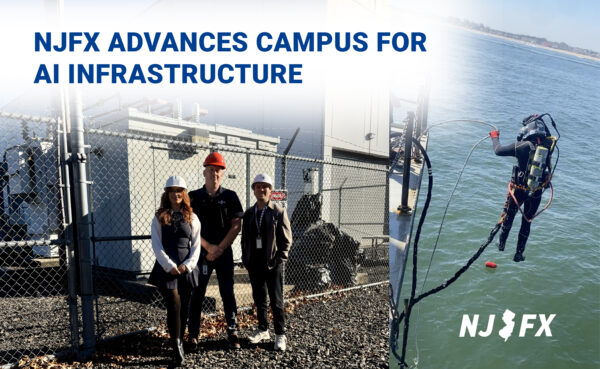
NJFX today announced the completion of a comprehensive Basis of Design for a new 10MW high-density AI data hall, delivering an expected 1.25 PUE and 8MW of usable IT load.

Red Sea conflict threatens Key Internet Cables. Maritime attacks complicate repairs on underwater cables that carry the world’s web traffic.
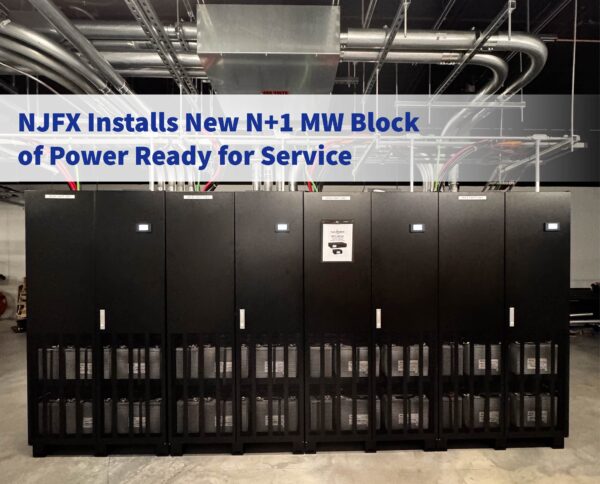
Red Sea conflict threatens Key Internet Cables. Maritime attacks complicate repairs on underwater cables that carry the world’s web traffic.
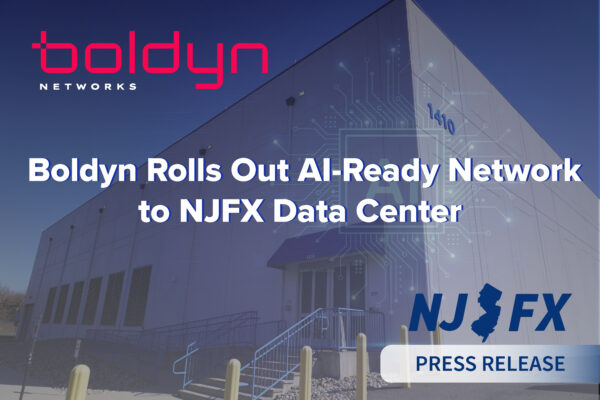
Red Sea conflict threatens Key Internet Cables. Maritime attacks complicate repairs on underwater cables that carry the world’s web traffic.
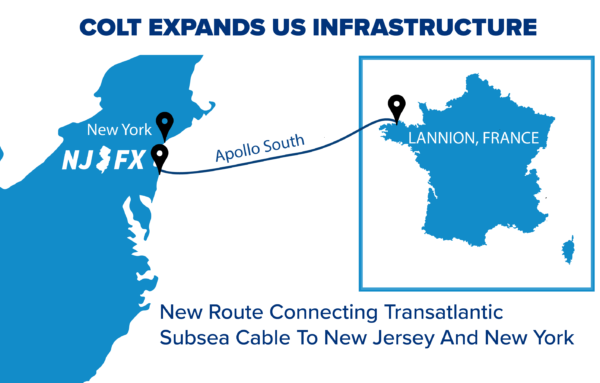
Red Sea conflict threatens Key Internet Cables. Maritime attacks complicate repairs on underwater cables that carry the world’s web traffic.
